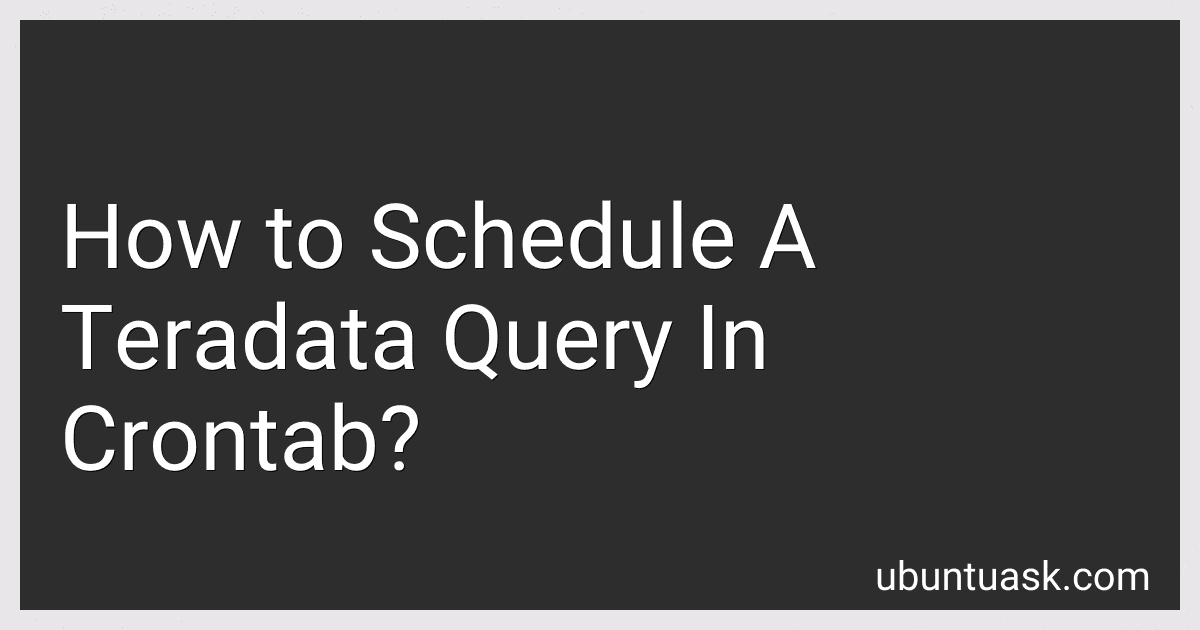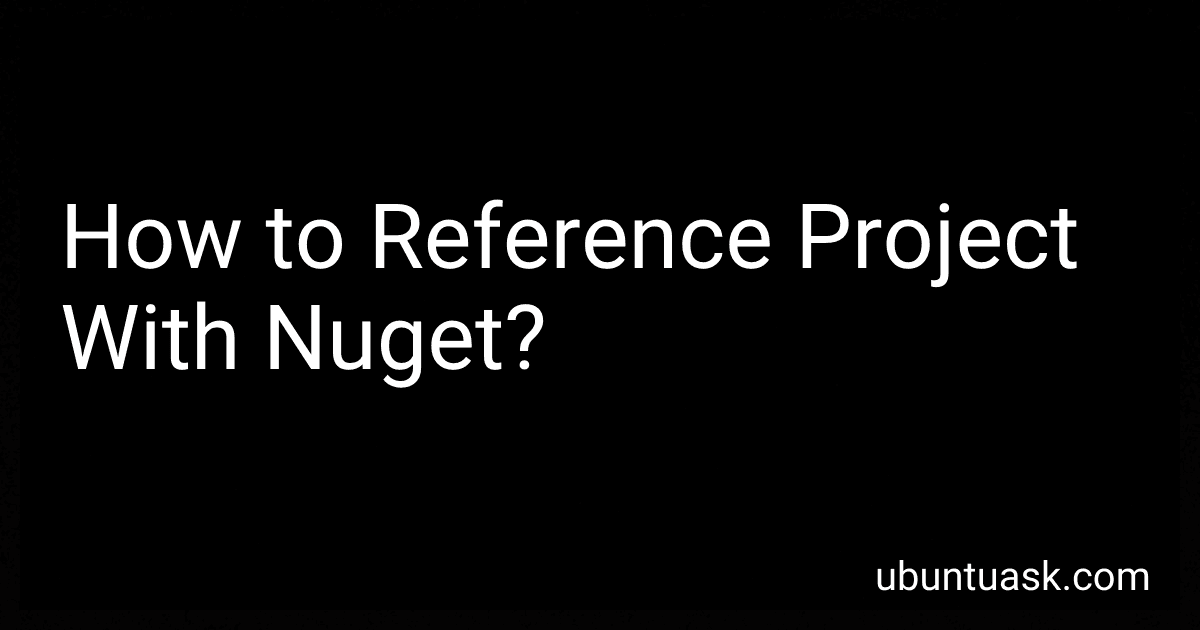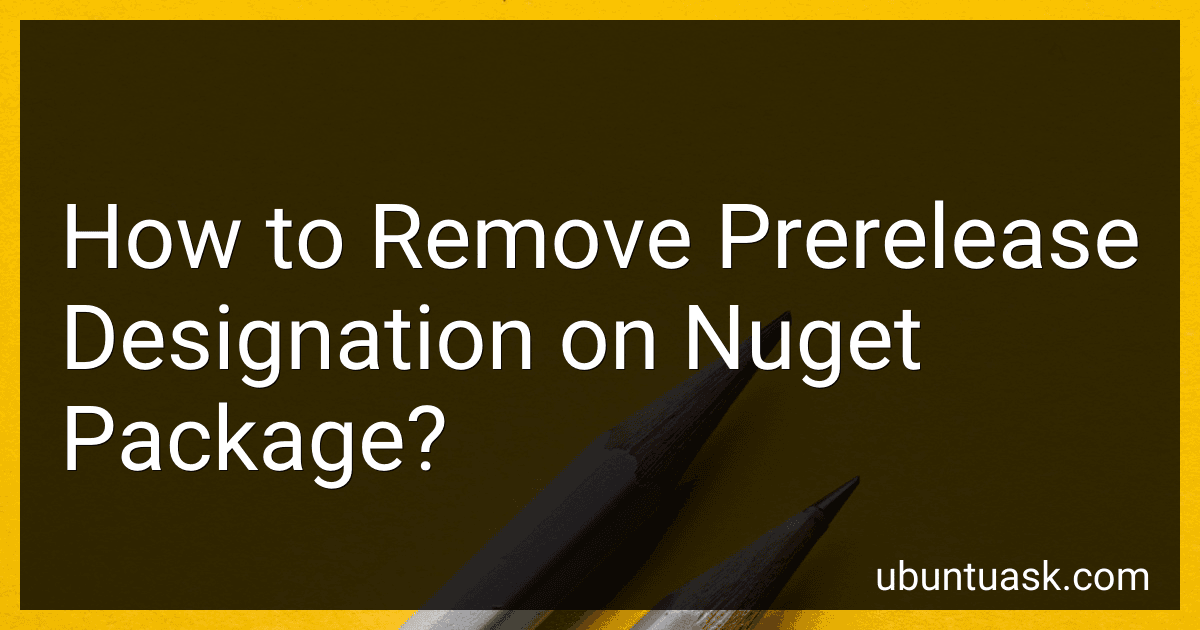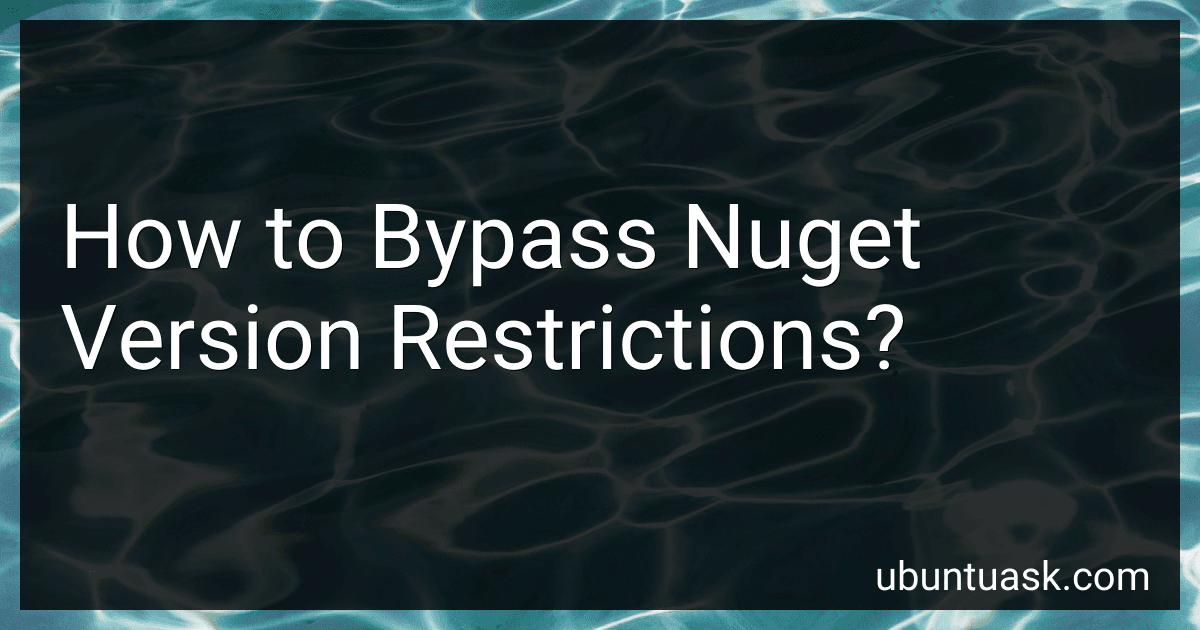Posts (page 48)
-
 5 min readTo schedule a Teradata query in crontab, you will first need to create a BTEQ script file with your Teradata query. Save this script file with a .bteq extension in a directory of your choice.Next, open the crontab file for editing by running the command "crontab -e" in the terminal. This will open up the crontab editor.In the crontab file, you will need to specify the schedule for when you want the Teradata query to run.
5 min readTo schedule a Teradata query in crontab, you will first need to create a BTEQ script file with your Teradata query. Save this script file with a .bteq extension in a directory of your choice.Next, open the crontab file for editing by running the command "crontab -e" in the terminal. This will open up the crontab editor.In the crontab file, you will need to specify the schedule for when you want the Teradata query to run.
-
 4 min readTo get the column count from a table in Teradata, you can use the following SQL query:SELECT COUNT(*) FROM dbc.ColumnsV WHERE Databasename = 'your_database_name' AND TableName = 'your_table_name';This query will return the count of columns present in the specified table in Teradata. Just replace 'your_database_name' and 'your_table_name' with the actual names of your database and table that you want to get the column count for.
4 min readTo get the column count from a table in Teradata, you can use the following SQL query:SELECT COUNT(*) FROM dbc.ColumnsV WHERE Databasename = 'your_database_name' AND TableName = 'your_table_name';This query will return the count of columns present in the specified table in Teradata. Just replace 'your_database_name' and 'your_table_name' with the actual names of your database and table that you want to get the column count for.
-
 5 min readTo connect Teradata using PySpark, you will first need to set up the necessary configurations in your PySpark code. This includes specifying the connection properties such as the Teradata server address, database name, username, and password.You will also need to make sure that you have the necessary Teradata JDBC driver installed and available in your PySpark environment. This driver will help facilitate the connection between PySpark and Teradata.
5 min readTo connect Teradata using PySpark, you will first need to set up the necessary configurations in your PySpark code. This includes specifying the connection properties such as the Teradata server address, database name, username, and password.You will also need to make sure that you have the necessary Teradata JDBC driver installed and available in your PySpark environment. This driver will help facilitate the connection between PySpark and Teradata.
-
 5 min readIn Teradata, you can use the COALESCE function to handle null timestamps. The COALESCE function returns the first non-null expression among its arguments. So, if you have a column that contains null timestamps, you can use the COALESCE function to replace those null values with a default timestamp or any other value of your choice.
5 min readIn Teradata, you can use the COALESCE function to handle null timestamps. The COALESCE function returns the first non-null expression among its arguments. So, if you have a column that contains null timestamps, you can use the COALESCE function to replace those null values with a default timestamp or any other value of your choice.
-
 5 min readTo update a column with a null value in Teradata, you can use the UPDATE statement along with the SET keyword. Simply specify the column you want to update and set its value to NULL. For example, the syntax would be something like:UPDATE table_name SET column_name = NULL WHERE condition;Make sure to replace table_name, column_name, and condition with the appropriate values for your specific scenario.
5 min readTo update a column with a null value in Teradata, you can use the UPDATE statement along with the SET keyword. Simply specify the column you want to update and set its value to NULL. For example, the syntax would be something like:UPDATE table_name SET column_name = NULL WHERE condition;Make sure to replace table_name, column_name, and condition with the appropriate values for your specific scenario.
-
 5 min readTo reference a project with NuGet, you need to first create a NuGet package for your project. To do this, you can use the nuget pack command in the NuGet Package Manager Console or use the dotnet pack command in the terminal.After creating the NuGet package, you can either host it on a NuGet server or use a local directory to store the package.
5 min readTo reference a project with NuGet, you need to first create a NuGet package for your project. To do this, you can use the nuget pack command in the NuGet Package Manager Console or use the dotnet pack command in the terminal.After creating the NuGet package, you can either host it on a NuGet server or use a local directory to store the package.
-
 5 min readTo use the 'BETWEEN' operator for dates in Teradata, you can specify a range of dates in your query to filter the results.
5 min readTo use the 'BETWEEN' operator for dates in Teradata, you can specify a range of dates in your query to filter the results.
-
 6 min readTo uninstall a NuGet package without deleting its folder, you can use the NuGet Package Manager Console in Visual Studio.First, open the NuGet Package Manager Console by going to Tools > NuGet Package Manager > Package Manager Console.Then, use the Uninstall-Package command followed by the name of the package to uninstall it. This will remove the package reference from your project but keep the package files in the folder.
6 min readTo uninstall a NuGet package without deleting its folder, you can use the NuGet Package Manager Console in Visual Studio.First, open the NuGet Package Manager Console by going to Tools > NuGet Package Manager > Package Manager Console.Then, use the Uninstall-Package command followed by the name of the package to uninstall it. This will remove the package reference from your project but keep the package files in the folder.
-
 5 min readTo subset a Teradata table in Python, you can use the Teradata SQL queries in python libraries such as teradataml, teradatasql, or pandas. You can connect to the Teradata database using the teradatasql or teradataml library and then run a SELECT query to subset the data based on your criteria. You can specify the columns you want to select, apply filters using the WHERE clause, and limit the number of rows using the LIMIT clause.
5 min readTo subset a Teradata table in Python, you can use the Teradata SQL queries in python libraries such as teradataml, teradatasql, or pandas. You can connect to the Teradata database using the teradatasql or teradataml library and then run a SELECT query to subset the data based on your criteria. You can specify the columns you want to select, apply filters using the WHERE clause, and limit the number of rows using the LIMIT clause.
-
 5 min readTo remove the pre-release designation on a NuGet package, you can simply edit the version number of the package in the .nuspec file or the version tag in the .csproj file. By changing the version number to a stable version (e.g. 1.0.0), you can remove the pre-release label. Once you have made the necessary changes, you can then rebuild and repackage the NuGet package with the new version number.
5 min readTo remove the pre-release designation on a NuGet package, you can simply edit the version number of the package in the .nuspec file or the version tag in the .csproj file. By changing the version number to a stable version (e.g. 1.0.0), you can remove the pre-release label. Once you have made the necessary changes, you can then rebuild and repackage the NuGet package with the new version number.
-
 2 min readTo list down all defined macros in Teradata, you can query the Data Dictionary view DBC.Macros. This view contains information about all macros defined in the Teradata database, including macro names, definitions, database names, creator names, creation timestamps, and modification timestamps. By querying this view, you can get a comprehensive list of all macros defined in the database.
2 min readTo list down all defined macros in Teradata, you can query the Data Dictionary view DBC.Macros. This view contains information about all macros defined in the Teradata database, including macro names, definitions, database names, creator names, creation timestamps, and modification timestamps. By querying this view, you can get a comprehensive list of all macros defined in the database.
-
 7 min readOne way to bypass NuGet version restrictions is to manually modify the NuGet package configuration file (.nupkg). You can change the version restrictions or dependencies within the file to allow for the version you want to use. However, this method is not recommended as it can cause compatibility issues and may not be supported by the package creator.
7 min readOne way to bypass NuGet version restrictions is to manually modify the NuGet package configuration file (.nupkg). You can change the version restrictions or dependencies within the file to allow for the version you want to use. However, this method is not recommended as it can cause compatibility issues and may not be supported by the package creator.